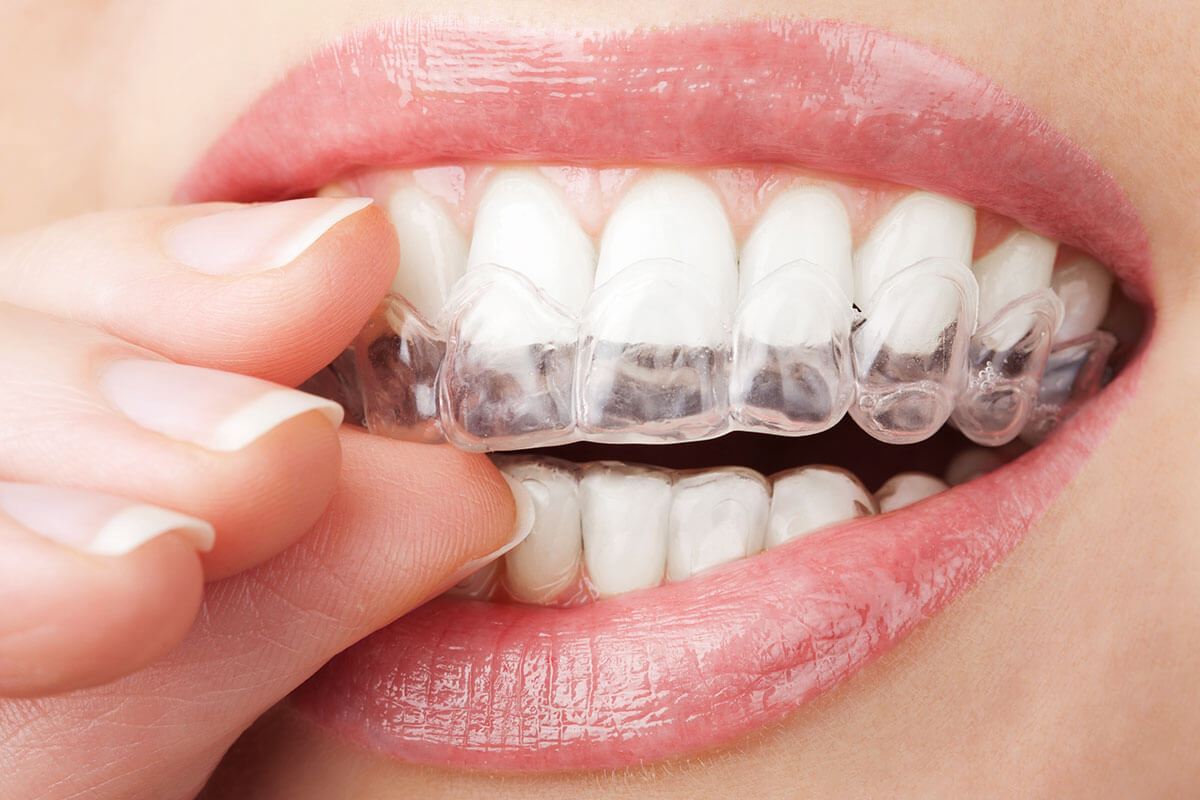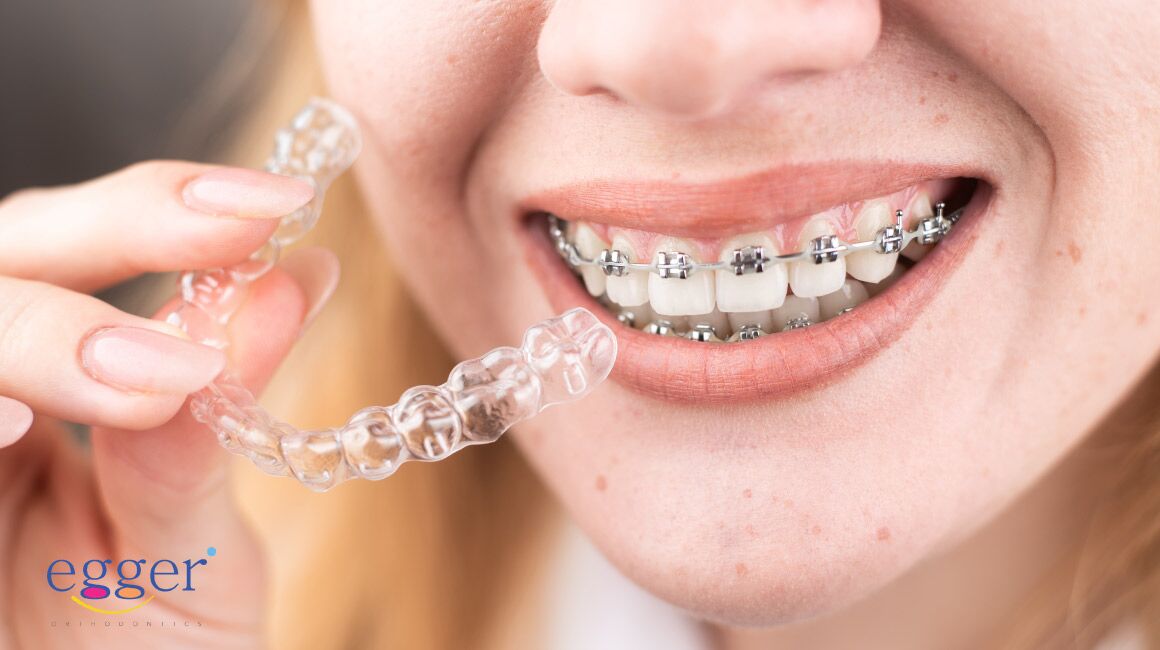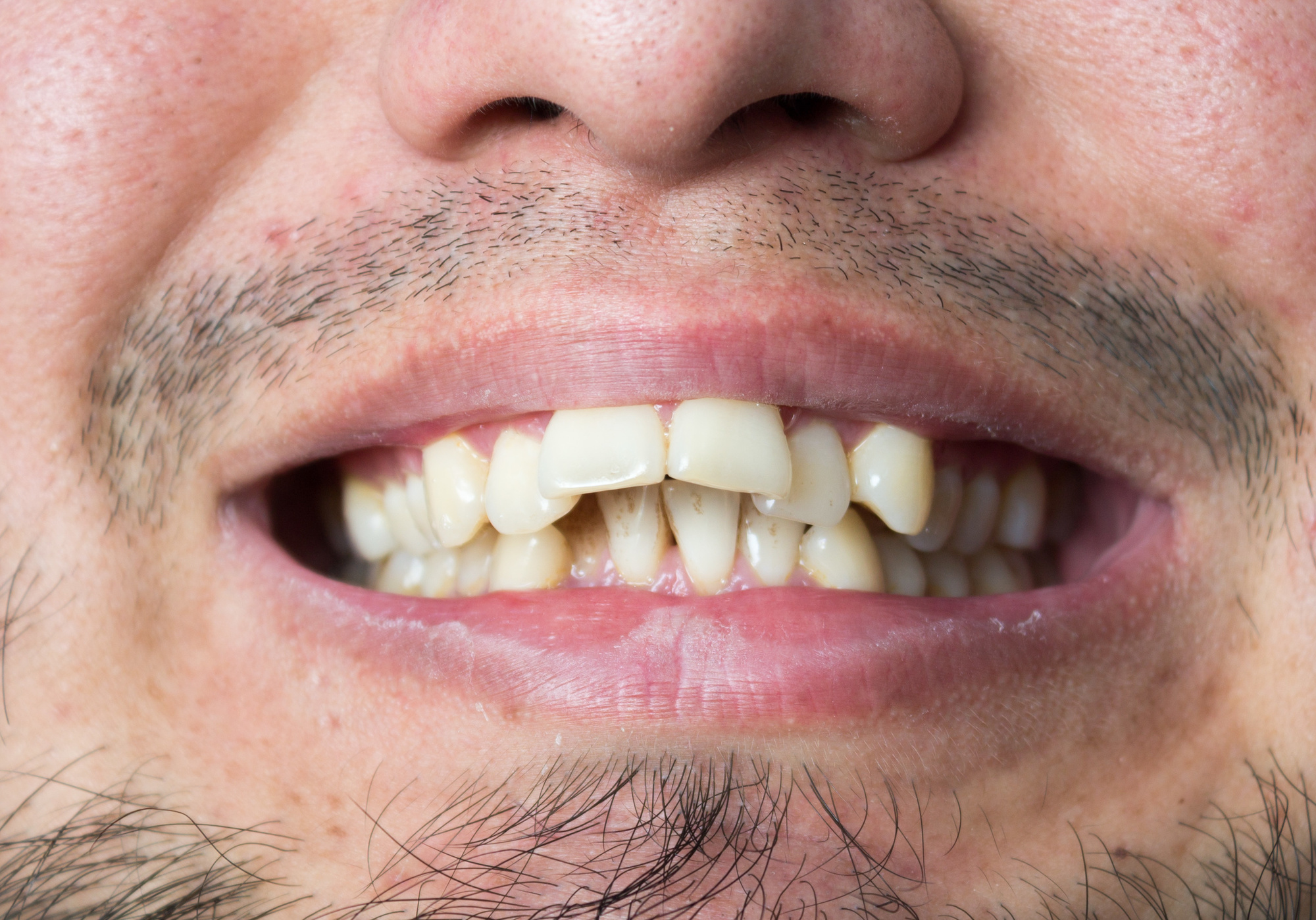The Ultimate Comparison: Invisalign vs. Traditional Dental braces for Grownups
The Ultimate Comparison: Invisalign vs. Traditional Dental braces for Grownups
Blog Article
Invisalign vs. Conventional Braces: Which Alternative Is Right for You?
When taking into consideration orthodontic therapy, the choice in between Invisalign and typical dental braces provides numerous crucial factors that merit cautious evaluation. Invisalign provides a discreet option with removable aligners, while conventional dental braces give an extra visible yet effective solution for severe misalignment. Each alternative incorporates distinct advantages and downsides associated with appearances, convenience, therapy period, and cost. Recognizing these nuances is crucial for making an informed decision that aligns with your personal choices and way of life. The inquiry stays: which option will finest fulfill your orthodontic needs and expectations?
Introduction of Treatment Alternatives

On the other hand, typical dental braces include steel brackets and cords that are bonded to the teeth. This technique uses constant pressure with time to accomplish positioning. While reliable for complicated orthodontic problems, typical braces require regular gos to for changes and can present obstacles in keeping oral health as a result of the problem of cleaning up around cords and braces.
Both alternatives have their values, and the choice typically rests on certain oral problems, way of living preferences, and client compliance. Eventually, speaking with an orthodontic expert is crucial for figuring out the most suitable therapy strategy customized to specific requirements. Recognizing the subtleties of each option can dramatically influence the overall success of orthodontic therapy.
Visual Considerations
A significant factor influencing the choice between Invisalign and traditional dental braces is the visual allure each therapy uses. Invisalign aligners are crafted from clear plastic, making them essentially invisible when worn.
In contrast, traditional dental braces are composed of metal brackets and cables, which can be extra noticeable. While innovations in orthodontic modern technology have actually brought about the growth of smaller sized brackets and tinted elastics, standard dental braces still preserve a more obvious profile. For some individuals, the exposure of braces might discourage them from seeking needed treatment.
Ultimately, the selection between Invisalign and standard braces may depend upon personal choices regarding aesthetic appeals. Patients that focus on discernment frequently favor Invisalign, while those that are much less concerned regarding visibility might opt for conventional dental braces. Understanding the aesthetic implications of each option is important for making a notified choice that straightens with one's way of life and preferences.
Comfort and Convenience

In regards to comfort, Invisalign aligners are removable, enabling clients to appreciate their favorite foods without restriction and maintain ideal dental hygiene. Cleaning and flossing are simplified, as the aligners can be taken out throughout these regimens, whereas conventional braces call for cautious his comment is here navigating around brackets and cords.
In addition, Invisalign's dynamic system enables fewer orthodontic check outs. Patients typically obtain several collections of aligners simultaneously, which can simplify the treatment procedure and reduce time invested in the orthodontist's chair. In comparison, standard braces necessitate regular modifications, making them much less hassle-free for those with busy schedules. Invisalign. Generally, the comfort and convenience of Invisalign make it an attractive option for numerous people looking for orthodontic treatment.
Treatment Period and Effectiveness
While both Invisalign and conventional braces work in remedying dental imbalances, the period of treatment can vary significantly in between the two alternatives. Typically, Invisalign treatment can take anywhere from 12 to 18 months, depending upon the intricacy of the situation. The clear aligners work by progressively changing teeth right into their wanted placements, and regular follow-ups with an orthodontist assistance guarantee progression continues to be on track.
In contrast, typical dental braces typically call for a longer commitment, normally ranging from 18 months to three years. This is due to their fixed nature and the usage of brackets and cords, which can be a lot more efficient for complex cases and serious imbalances (Invisalign). The therapy efficiency of typical dental braces is well-documented, as they enable accurate adjustments and greater control over tooth activity
Eventually, the option between Invisalign and typical dental braces may pivot on both visit the site the anticipated treatment duration and the specific dental problems at hand. Consulting with an orthodontist is vital, as they can supply tailored referrals based on individual demands, guaranteeing the picked method straightens with preferred timeframes and outcomes.
Price Comparison and Insurance Options
Price plays a considerable duty in the decision-making process for people taking into consideration orthodontic therapy, whether going with Invisalign or standard braces. Usually, the cost of Invisalign arrays from $3,000 to $8,000, while conventional braces typically set you back in between $2,000 and $6,000. Aspects affecting these costs consist of the intricacy of the instance, the duration of treatment, and geographical location.
Insurance policy coverage can substantially influence out-of-pocket costs. Lots of oral insurance strategies give partial insurance coverage for orthodontic treatments, but the specifics can vary commonly. It is important for clients to review their insurance plan to identify the level of coverage for either choice. Normally, conventional dental braces may be more regularly covered by insurance plans compared to Invisalign, which some insurance firms classify as an aesthetic procedure.
Additionally, numerous orthodontic methods provide versatile settlement strategies, making both treatment choices a lot more easily accessible. Clients must ask about possible financing options and discount rates for in advance settlements. Assessing the overall cost, consisting of insurance coverage benefits and settlement plans, is crucial for making an educated choice that lines up with both aesthetic choices and spending plan factors to consider.

Final Thought
In summary, the selection in between Invisalign and conventional braces depends upon several factors, including visual preferences, convenience, treatment period, and price. Invisalign uses a discreet, detachable alternative that assists in dental health and dietary adaptability, while conventional dental braces may be extra ideal for complicated dental concerns and frequently come with a reduced cost point. Eventually, examination with an orthodontist is vital to examine specific scenarios and establish one of the most suitable therapy choice for achieving ideal oral alignment.
When considering orthodontic treatment, the selection in between Invisalign and standard dental braces provides several essential variables that merit careful evaluation.Comparing Invisalign and standard dental braces discloses distinct therapy choices for orthodontic adjustment.While both Invisalign and traditional dental braces are efficient in fixing oral imbalances, the period of treatment can differ substantially in between the 2 options.Expense plays a substantial role in the decision-making procedure for individuals considering orthodontic treatment, whether deciding for Invisalign or traditional dental braces.In summary, the selection between Invisalign and conventional braces hinges on several aspects, consisting of visual choices, comfort, therapy duration, and cost.
Report this page